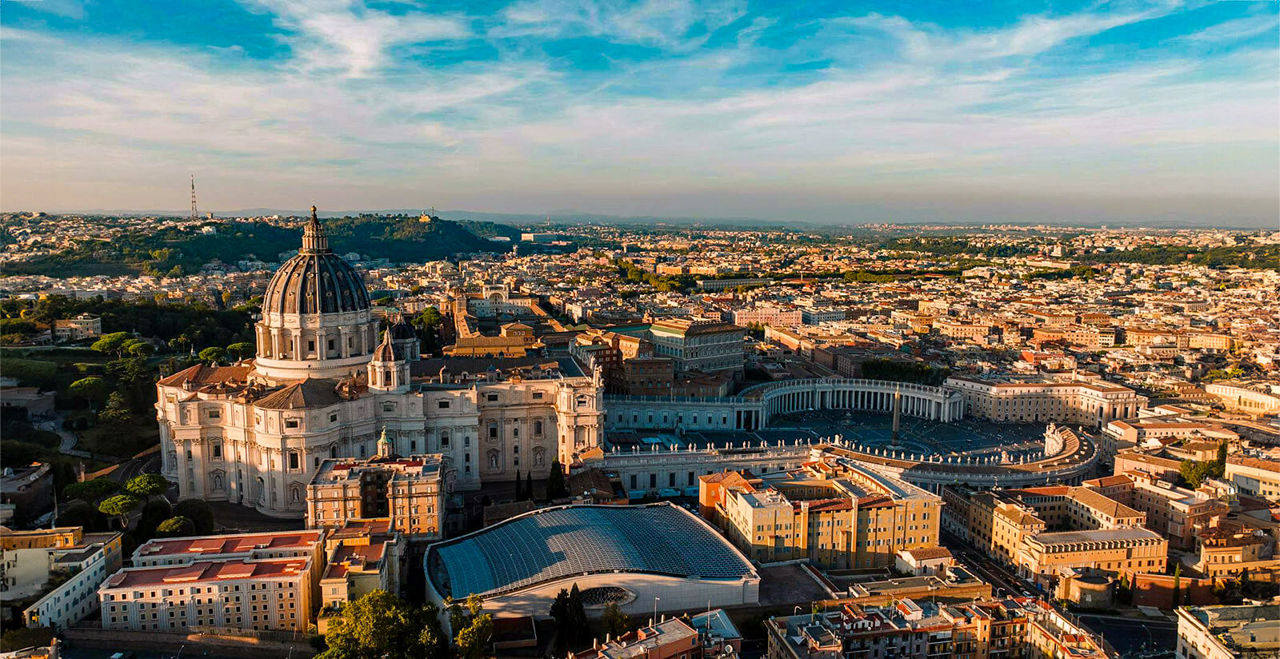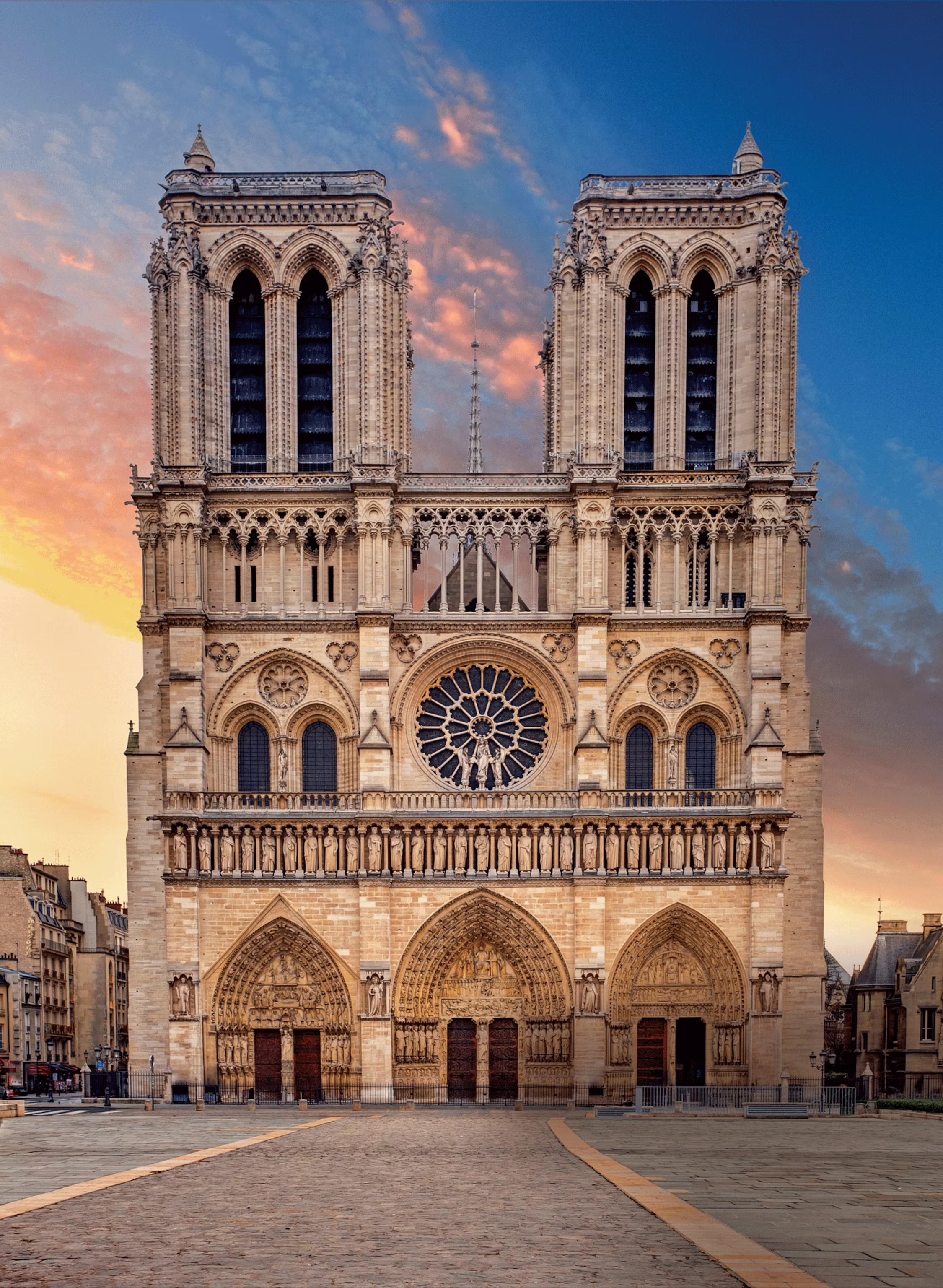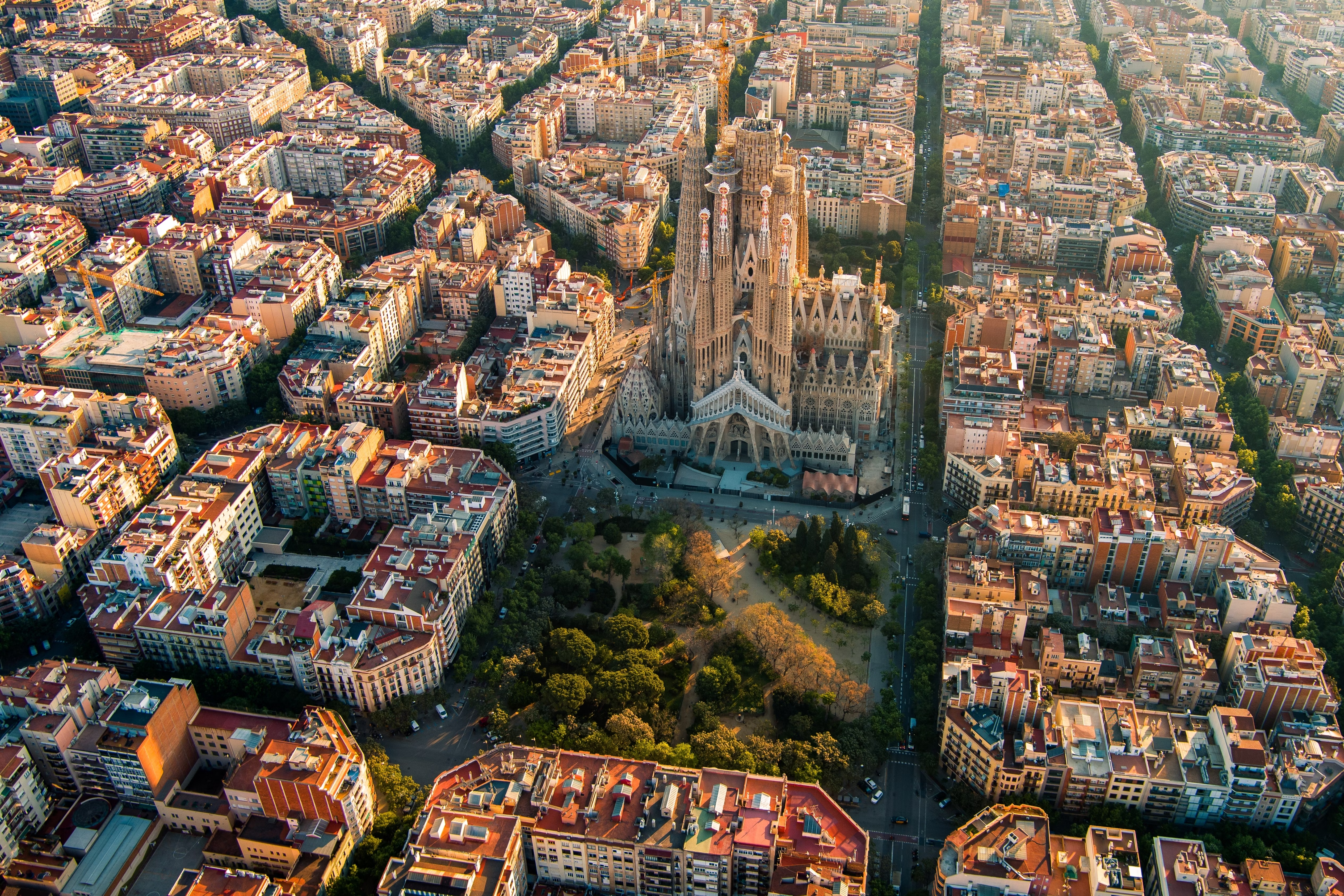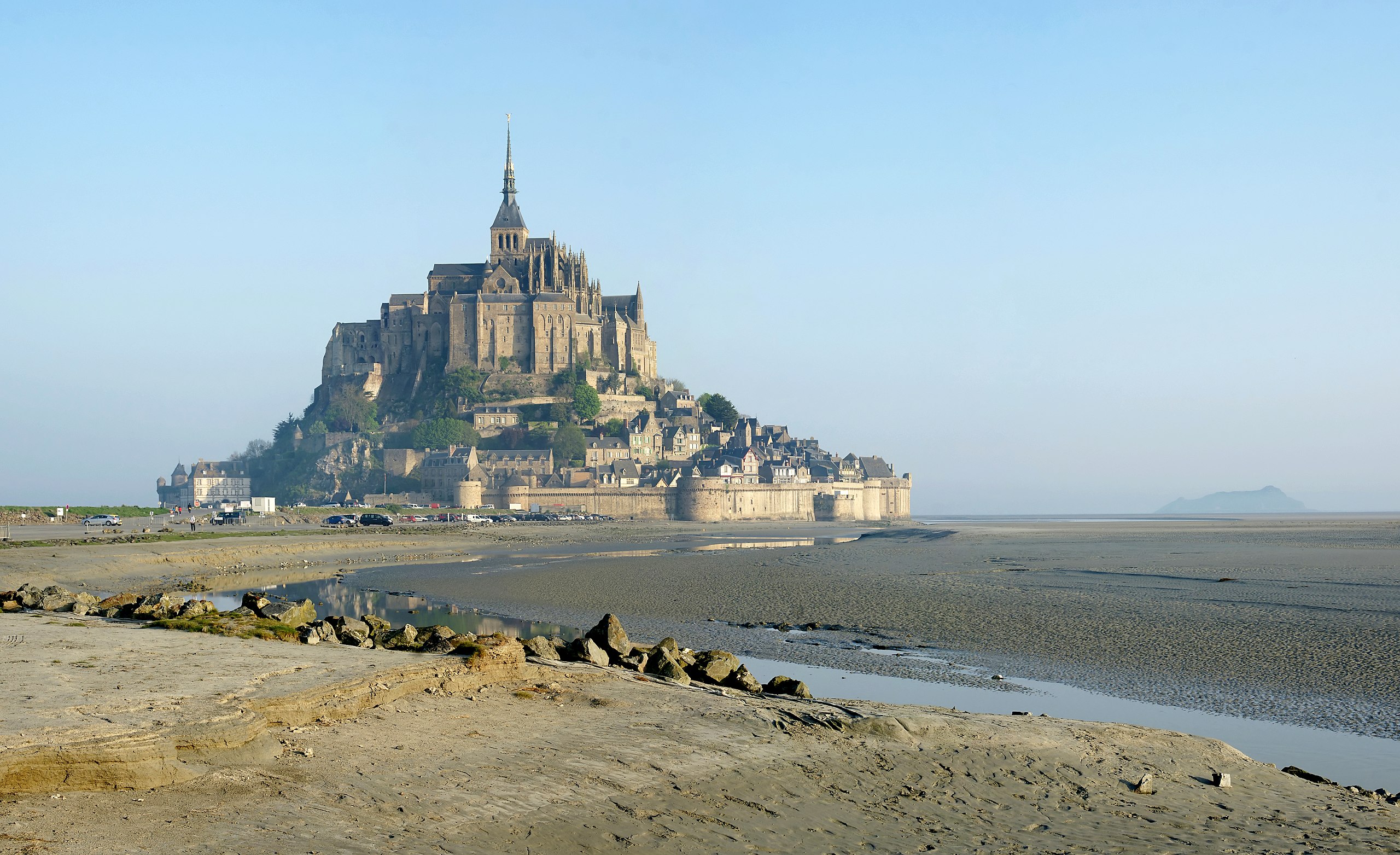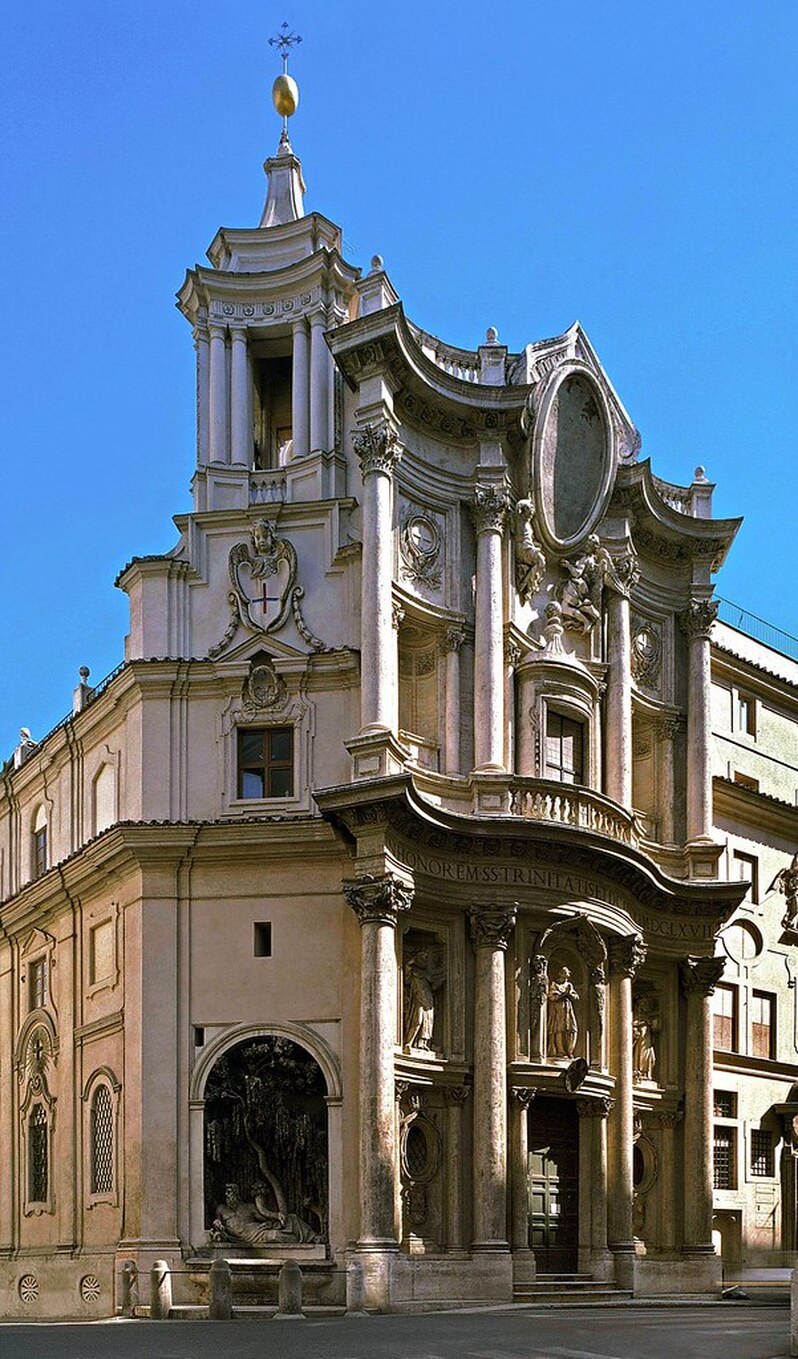
San Carlo alle Quattro Fontane
An iconic work by Francesco Borromini, known for its intricate geometric design based on triangles and its undulating facade. It stands at an intersection marked by four fountains.
Historical Context
San Carlo alle Quattro Fontane was constructed during the baroque period, specifically between 1638-1646. This era was characterized by significant developments in architectural techniques and religious expression.
The construction was commissioned by local religious authorities and took place during a time of the Counter-Reformation and Catholic Church's response to Protestantism. The building has survived through centuries of history, witnessing the Renaissance, political unification of Italy, and World Wars.
Over the centuries, San Carlo alle Quattro Fontane has undergone several renovations and restorations, each adding to its historical significance while preserving its original character and purpose.
